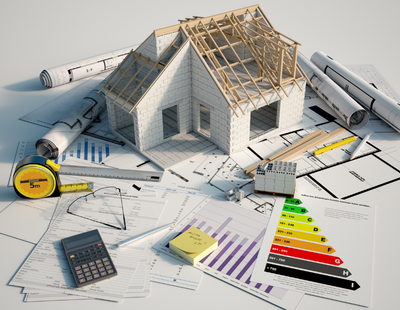Energy Performance Certificates (EPCs) continue to make headlines, and unfortunately, it’s once again for the wrong reasons.
A recent investigation by Which? found numerous inaccuracies in a number of EPCs its team tested.
Which? selected 12 homeowners from England, Wales, and Scotland, arranging EPC assessments for them during February and March 2024, to test their accuracy and the usefulness of the recommendations.
The investigation uncovered various issues with both the accuracy of the EPCs and the recommendations given to homeowners. Eight out of 11 homeowners didn’t believe their EPCs were accurate, saying key aspects of their homes, such as windows, roofs, and heating systems, were described incorrectly—while another didn’t even receive their report.
One EPC recommended changes that could save £920 a year on energy bills. However, the total estimated cost meant it could take up to 29 years to break even. In another case, an EPC had several significant errors. After the assessor made corrections, the energy efficiency rating improved from D to B.
Improvements ahead
Unfortunately, this isn't a huge surprise. The current EPC system can be very limited in what assessors are required to do. This issue is worsened by some assessors handling multiple EPC assessments in one day, sometimes at very low cost. The barrier to entry for becoming a qualified Domestic Energy Assessor (DEA) can be quite low, which seems faintly ridiculous considering how much can hinge on an accurate EPC.
We have our own national team of accredited DEAs who are qualified to undertake energy assessments and are also RICS-qualified surveyors. However, the same is not true of all assessors across the UK.
Change is on the way however and new rules are coming that will make EPCs much more detailed. The new model will involve a more thorough investigation of the property, requiring more time and effort and therefore a higher fee than what we see today.
The new system will require significantly more measurements, such as window openings and radiator sizes, to be accurately measured rather than estimated. This way, a proper heat loss calculation can be done for each room.
However, the new calculations still lack an implementation date, and the EPC will continue to have its limitations because it is based on the cost of heating the house rather than focusing on carbon usage.
At one point, it seemed like we were heading towards changing EPCs to calculate carbon output rather than, or in addition to, cost. However, this doesn’t look likely to happen now. Such a change would inevitably open a can of worms regarding the estimated 16 million EPCs currently in circulation.
Need improvement
However, there still needs to be a debate around how the efficiency of energy-efficient measures such as heat pumps is recorded. While on paper the running costs of an air source heat pump, for example, might look higher than those of a boiler and thus result in a lower EPC rating, new models are constantly being developed. Many of these new models are more efficient than boilers and potentially cheaper to run once that efficiency is taken into account.
With the EPC still focused on cost however we continue to move away from the net-zero focus.
Recent figures from Rightmove showed that at least 18 million homes have an EPC rating of D or below and need improvement. This equates to over half (55%) of all UK housing stock.
Rightmove gives the example of the average energy bill for a three-bedroom house with an EPC rating of F being £4,431 per year, compared to £1,669 for the same size house with an EPC rating of C. There’s no doubt these homes need upgrading, both to lower running costs and reduce carbon emissions.
While the new assessments in the pipeline may still not show a property’s carbon output, they should provide a more accurate picture for homeowners and bring an increased degree of professionalism to the sector. As we continue the push towards the all-important C rating, assessors can’t afford to get it wrong.








.png)





.jpg)
.jpg)






.png)



Join the conversation
Be the first to comment (please use the comment box below)
Please login to comment